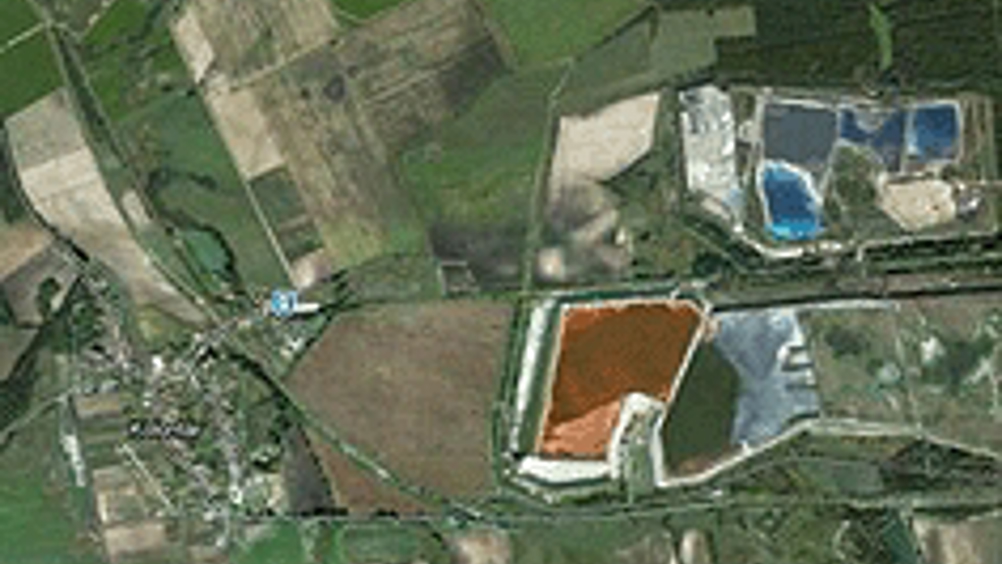Carbon sequestration could help to neutralise red sludge
The red sludge that escaped a containment pond in Hungary last week could be made less toxic with the help of carbon sequestration.

This is the claim of an Indiana University Bloomington geologist who has a patent pending on the technique.
The bauxite residue now covers 40km2 south of the Danube River and has caused the deaths of eight Hungarians and injured at least 150.
While human deaths in the wake of the disaster may have been strictly a result of the containment failure, injuries have mostly been attributed to the chemical properties of the sludge, whose high pH (between 11 and 13) can quickly damage and kill living cells. Bauxite residue is between 10,000 and 1,000,000 times more basic than pure water, which has a pH of around 7.
‘We propose that one way to reduce the pH of bauxite residue is to mix it with another kind of industrial waste – oil-field brine, which is a byproduct of oil and gas production – and then carbon dioxide,’ said IU Bloomington geologist Chen Zhu, who submitted a US Department of Energy patent application in 2007 describing the technique.
Register now to continue reading
Thanks for visiting The Engineer. You’ve now reached your monthly limit of news stories. Register for free to unlock unlimited access to all of our news coverage, as well as premium content including opinion, in-depth features and special reports.
Benefits of registering
-
In-depth insights and coverage of key emerging trends
-
Unrestricted access to special reports throughout the year
-
Daily technology news delivered straight to your inbox










Pipebots Transforming Water Pipe Leak Detection and Repair
Fantastic application.